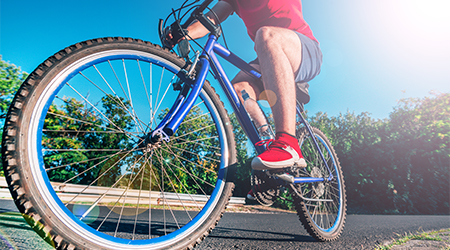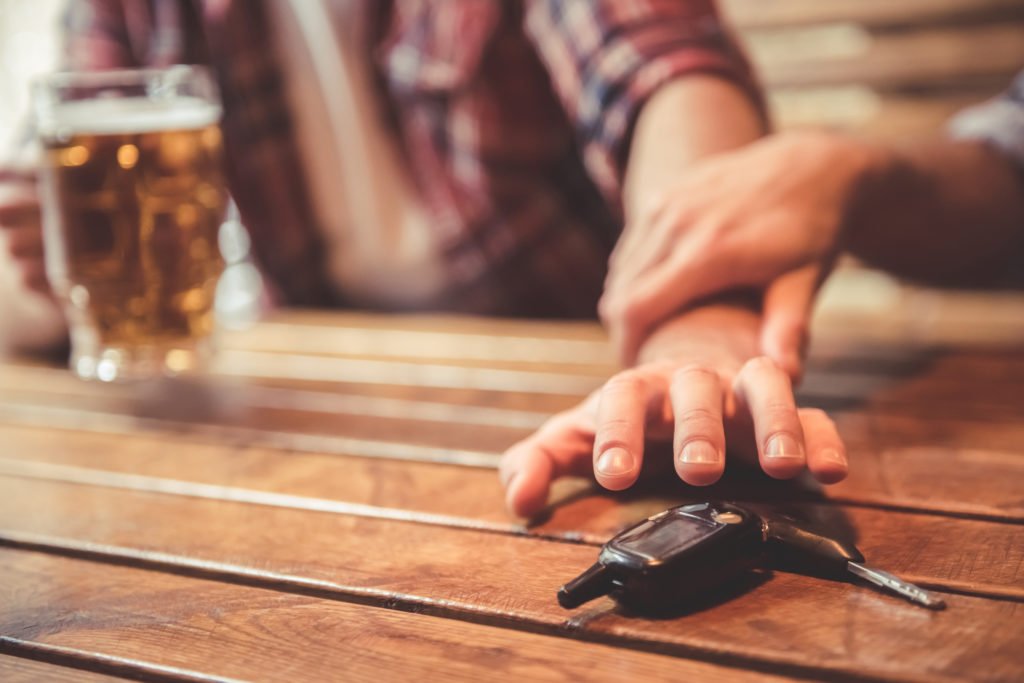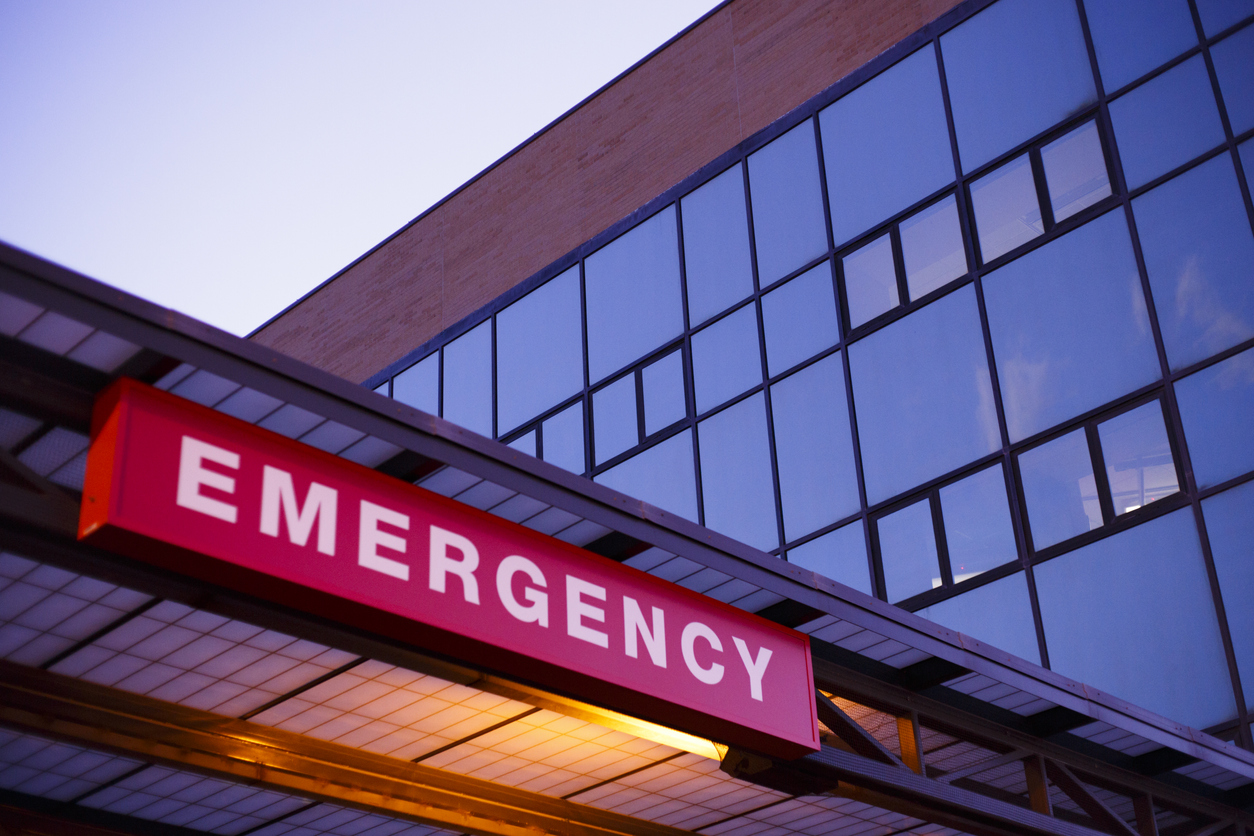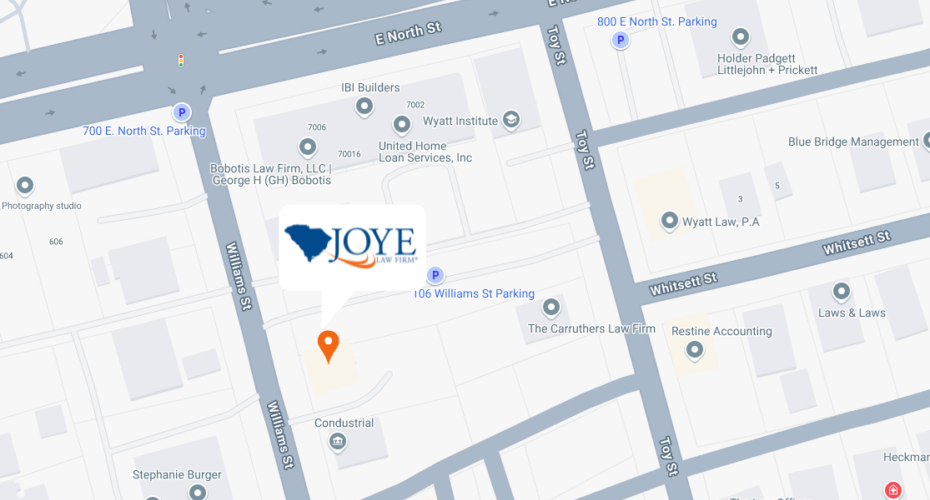
Have you ever been stuck behind a bicyclist, or surprised by a bicyclist riding between lines of stopped traffic or darting across an intersection against the light? Just as motor vehicle drivers range from ultra-safe to downright reckless, the same is true of bicyclists. Tempting as it may be, education, not retaliation, is the only answer. In fact, it is illegal to ‘harass’ or ‘throw objects’ or ‘follow too closely’ to a bicyclist, especially one who is properly riding on the roadway. However, road safety is a two-way street, and bicyclists have as many, if not more, duties under the law to ensure their own safety.
South Carolina law provides that every bicyclist on a roadway shall ‘ride as near to the right side of the roadway as practicable’ and may, but is not required, to ride on the shoulder. This means that bicyclists are required to ride in the same direction as vehicular traffic and as close to the edge of the pavement as possible. In addition, bicyclists shall not ride ‘more than two abreast’ (which seems to contradict the mandate that each stay as close to the edge of the pavement as possible).
More and more roads, especially newly constructed roads, are incorporating bike lanes into their design, which is a great thing, especially in a state like South Carolina with alarming obesity rates. Where there is a ‘bike lane’ available, defined as a ‘portion of the roadway or a paved lane separate from the roadway that has been designated by striping, pavement markings, and signage’ for bike use, bicyclists are required by law to ride in the bike lane. After all, that is the sole purpose of that lane which has been constructed and provided solely for bike use. Motorists must yield to bikers when entering or crossing a bike lane.
Many of us have had the experience of driving at night on one of our beautiful rural roads only to come suddenly on a bicyclist, typically without any warning whatsoever. Legally, when riding at night, a bicycle must be ‘equipped with a lamp on the front emitting a white light visible from a distance of at least 500 feet to the front’ and a red reflector to the rear that must be visible from all distances between 50-300 feet to the rear, or a red light in the rear visible for 500 feet in addition to the reflector. I can’t remember the last time I saw a well-lit bike, or a bike at night with any lights whatsoever when driving.
It goes without saying that no one should bike or drive while impaired, and anyone who bikes without a helmet should have their head examined and most likely will at some point.
Bicycling is a great way to stay fit, and for many people, it’s their preferred or only means of transportation. It is incumbent upon both drivers and bikers to know and follow the laws governing travel on the roadway, use common sense, and drive and ride defensively so everyone reaches their destination (earthly destination, that is) without incident.
South Carolina Public Funding for Bicycle Safety
It is more important than ever for bicyclists and automobile drivers in South Carolina to be aware of bike safety and laws that help to keep cyclists safe. Why do we need to pay more attention now than ever? According to an article in The Post and Courier, there is a serious spending deficit in South Carolina when it comes to “spending on bike lanes and sidewalks.” To be sure, the state “continues to rank at the bottom” on such spending initiatives, and likely as a result, South Carolina “ranks near the top for pedestrian and cyclist fatalities.”
According to a study conducted by the Alliance for Biking and Walking, about eight percent of all traffic fatalities in the city of Charleston involve a bicyclist. That number is particularly high given that only about one percent of all trips in the country are taken by bicycle. In Charleston, around 2.5 percent of people commute by bicycle, to put the fatality figure in closer perspective. As the report explained, while eight percent might not seem like a particularly high number, when you place it in perspective, it is disproportionately high. In addition, that number has proven to be on the rise, which likely is in conjunction with a rise in walking and cycling.
Taking Steps to Make Cycling Safer in Charleston and Throughout South Carolina
What does all of this information mean for Charleston and other cities in South Carolina? It is important to raise public awareness about the risks of bicycling injuries and to encourage the public to support funding and spending initiatives that could help to make cycling safer. If we compared South Carolina’s cyclist fatality numbers to those in other states, it would be clear just how behind the state is in making bicycling safe. For instance, the total number of bicycle commuters in Eugene, Oregon is about double that in Charleston, but it has approximately the same cycling fatality rate as Charleston.
According to Amy Johnson, the director of the Palmetto Cycling Coalition, many bicyclists in South Carolina recognize just how dangerous this activity is, but they want to be able to enjoy the environmental and health benefits. As Johnson explained, “Our risk is really high yet there is still this emerging, rising demand for bicycling.” Johnson went on to clarify that “there’s a demand for [bicycling], even though people realize it’s unsafe.” The article in The Post and Courier reveals that only two other states—North Dakota and West Virginia—spend less on bicycling safety initiatives, and those states have far fewer commuting bicyclists than South Carolina.
Understanding South Carolina’s Bicycle Laws
What can bicyclists and automobile drivers do in the meantime to help prevent debilitating and life-threatening bicycle accidents? Knowing the law and abiding by traffic rules can help to avoid a serious collision. Some of the following South Carolina bicycle laws help to clarify the rights and responsibilities of cyclists and drivers alike:
- Section 56-5-3420: “A person riding a bicycle upon a roadway must be granted all of the rights and is subject to all of the duties applicable to the driver of a vehicle . . .”
- Section 56-5-3425: “Whenever a bicycle lane has been provided adjacent to a roadway, operators of . . . 1) motor vehicle may not block the bicycle lane to oncoming bicycle traffic and shall yield to a bicyclist in the bicycle lane before entering or crossing the lane, and 2) bicycles are required to ride in the bicycle lane except when necessary to pass another person riding a bicycle or to avoid an obstruction in the bicycle lane.”
- Section 56-5-3435: “A driver of a motor vehicle must at all times maintain a safe operating distance between the motor vehicle and a bicycle.”
- Section 56-5-3445: “It is unlawful to harass, taunt, or maliciously throw an object at or in the direction of any person riding a bicycle. A person who violates the provisions of this section is guilty of a misdemeanor and, upon conviction, must be fined not less than two hundred fifty dollars or imprisoned not more than thirty days, or both.”
- Section 56-5-3460: “A bicyclist operating a bicycle may not carry any package, bundle, or article that prevents the rider from keeping at least one hand upon the handlebars.”
You might notice that we did not mention anything about a helmet law in South Carolina. According to a fact sheet from the South Carolina Department of Public Safety (SCDPS), there is no helmet law in the state of South Carolina. As such, bicyclists are not required by law to wear a helmet, which can greatly reduce the risk of a traumatic brain injury (TBI) in the event of a collision. As such, in addition to a need to raise awareness for more spending on bicycle safety infrastructure, it is also essential to raise awareness among the public about the need to wear a DOT-approved helmet to stay safe on your bicycle.
If you are injured while biking responsibly, you should contact a bicycle accident attorney immediately, to protect your rights. At the Joye Law Firm, we are always available to help, 24 hours a day, 7 days a week.







































